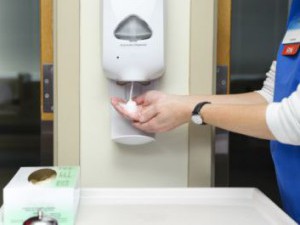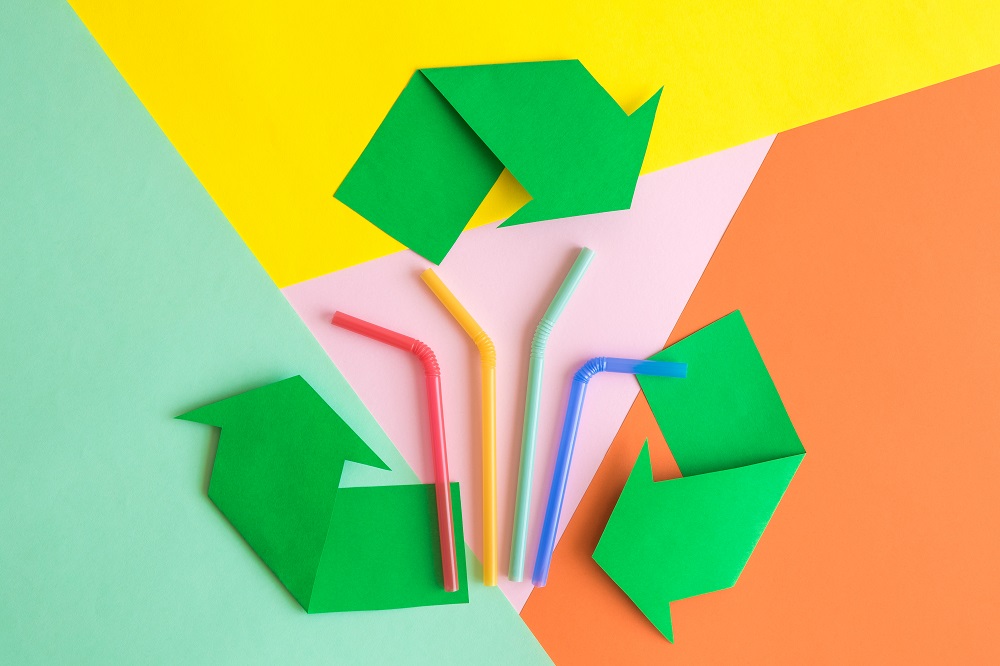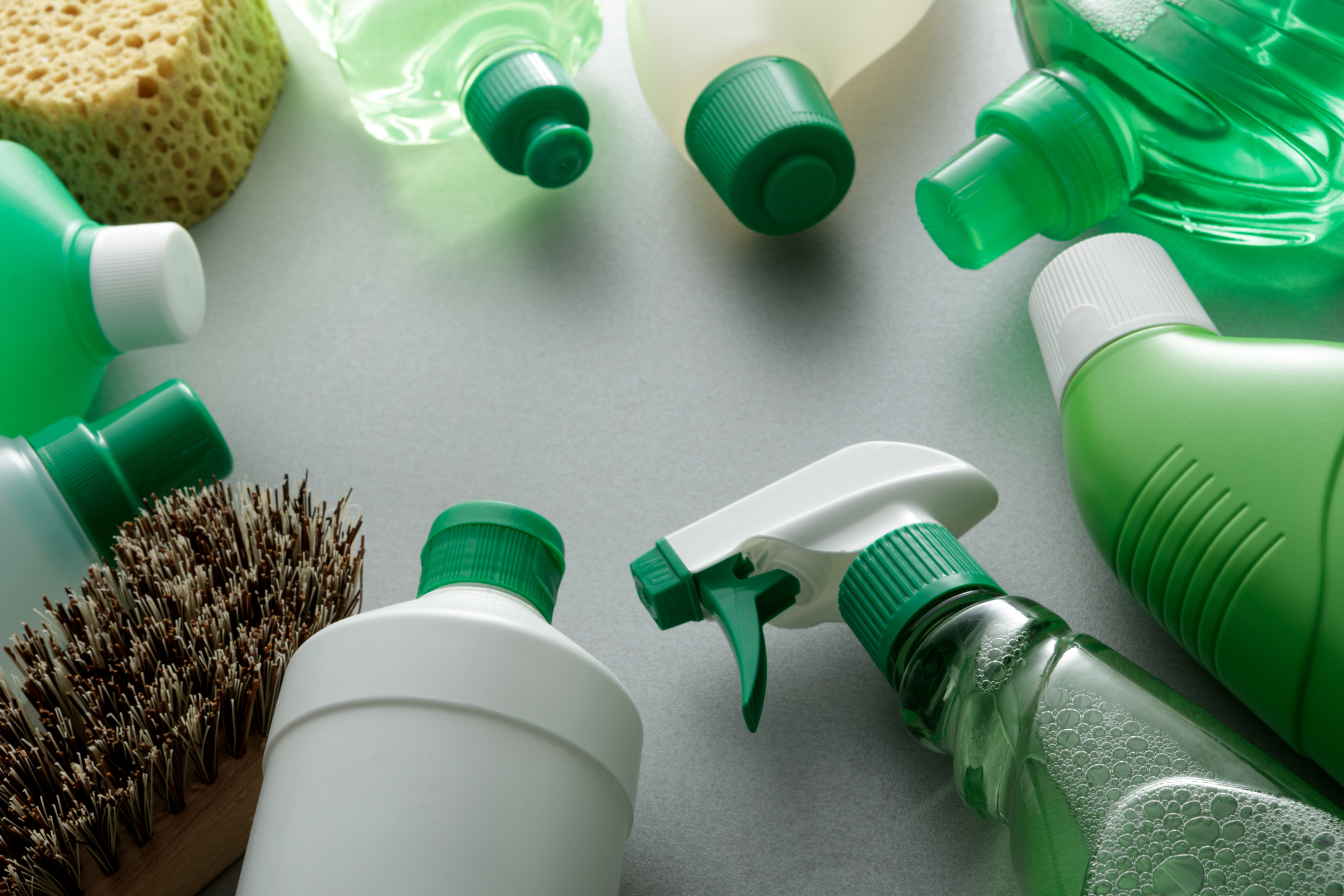
According to a recent study by US-based GOJO Industries, in partnership with North Carolina State University, not all surface sanitisers behave the same when it comes to inactivating norovirus.
The study, recently published in the Journal of Applied and Environmental Microbiology, found that total formulation (the active ingredients and non-active ingredients) significantly impacts a surface sanitiser’s efficacy against human norovirus—the leading cause of foodborne illness in the United States.
NC State researchers applied human norovirus and Tulane virus (a newer culturable surrogate virus with similarities to norovirus) to strips of Formica (a laminate surface material commonly used in food service).
They then tested the efficacy of four commercially available food contact surface sanitisers with different active ingredients (ethanol, bleach, quaternary ammonium, and a lactic acid and surfactant blend).
Only the alcohol-based (ethanol) sanitiser significantly reduced the amount of virus on the surfaces, while the others performed poorly.
“This research clearly shows all food contact surface sanitizers are not equal from a norovirus efficacy standpoint,” said Chip Manuel, Ph.D., GOJO food safety science advisor.
“When considering products for an establishment, food safety professionals need to be confident in a product’s efficacy—especially for the hard-to-kill norovirus—so they should ask for data on product efficacy against this specific pathogen.”
When testing the addition of a wiping-down step to the sanitation process, the study revealed both good and bad news.
Using paper towels to wipe down the surface after application of any of the sanitisers provided removal of 95–99.9 per cent of the virus.
However, doing so introduced the possibility of cross-contamination, as the paper towels used with the three non-ethanol contained high concentrations of the virus after the wipe down.
Furthermore, those same products still left residual virus on surfaces.
“This has implications for a facility’s norovirus clean-up plan,” Manuel said.
“Paper towels used after cleaning up an incident should be handled very carefully, or cross-contamination could cause further illness.”
Comment below to have your say on this story.
If you have a news story or tip-off, get in touch at info@incleanmag.com.au
Sign up to INCLEAN’s newsletter.





